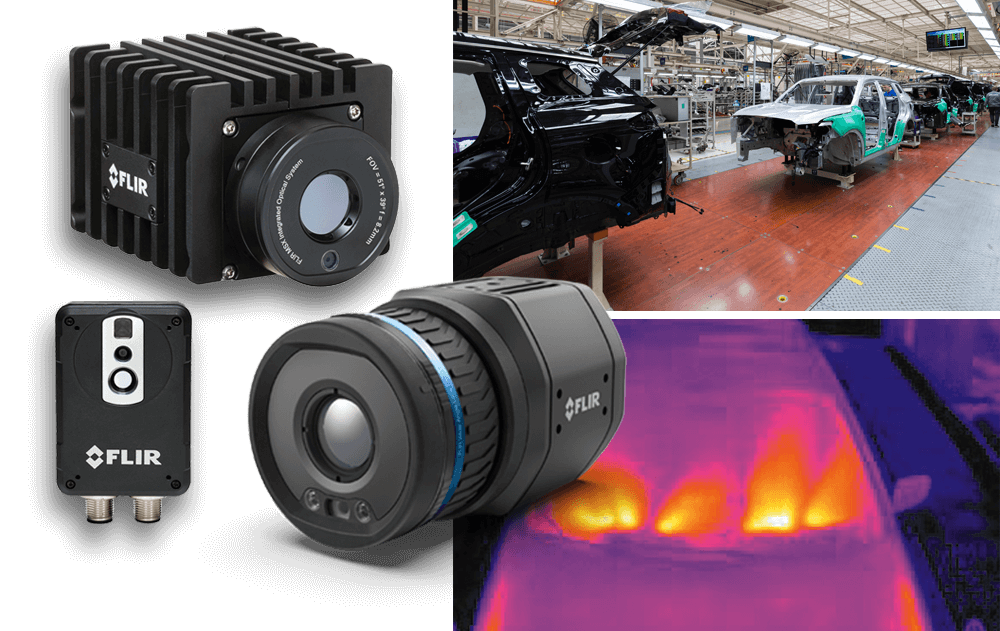#statusMessage#
Do you want to start the compare now?
#statusMessage#
Do you want to start the compare now?

With the increasing importance of renewable energies in the wake of climate change, solar energy is moving further into ...

The complexity of military radios and the often harsh weather conditions have a negative impact on the reliability of ra...

Automation with thermal imaging technology has proven to be a reliable solution for quality control in various industrie...

In diesem exklusiven Whitepaper erfahren Sie, wie Sie mit der richtigen Messtechnik arbeiten: ✔ Sie realisieren ein Test...
Manufacturer number: DP0033A
On Request
The differential high-voltage probe DP0033A from Keysight was developed for general measurements of differential signals. With a bandwidth of 200 MHz and a maximum differential measurement range of ±3,000 V (DC + AC peak), it is ideal for applications in power electronics, such as measurements on switching power supplies, power converters or digital systems.
The DP0033A variant of the Keysight DP003xA series presented here has a bandwidth of 200 MHz, a attenuation ratio of 1000/100:1, a maximum differential measuring range of ±3,000 V (DC + AC peak), a differential input resistance of 20 MΩ // 2 pF. The DP0032A has an AutoProbe1 interface. The DP0030A variant has a BNC + USB interface.
Alternatively, the series offers other models:


